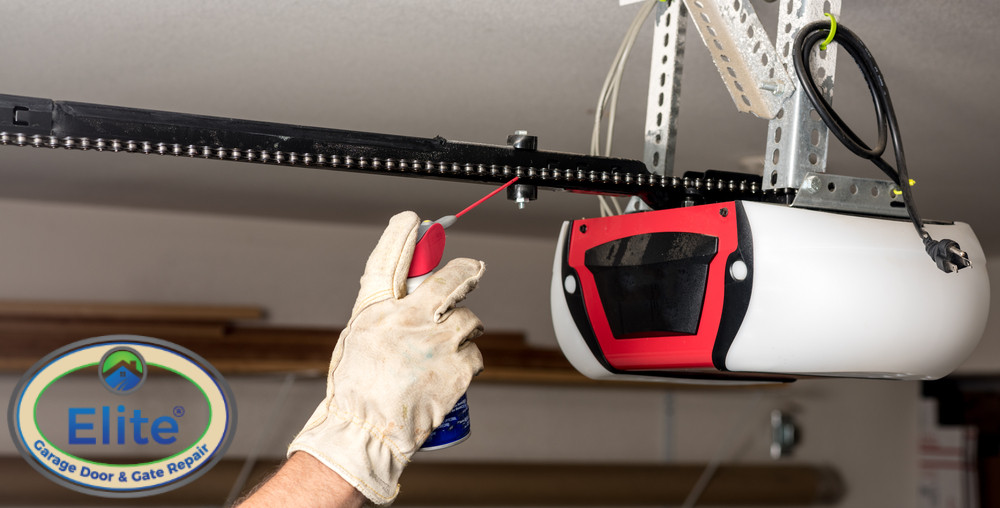
Introduction:
Garage door openers are essential components of our homes, providing convenience and security. However, like any other mechanical device, they require regular cleaning and maintenance to ensure optimal performance and longevity.
Why Clean and Maintain?
Proper cleaning and maintenance not only enhance the garage door opener’s lifespan but also prevent unexpected breakdowns. Neglecting these tasks may lead to costly repairs or replacements down the line. Taking a proactive DIY approach can save you both time and money.
Cleaning the Exterior:
Start by cleaning the exterior components of your garage door opener. Use a mild detergent and a soft cloth to wipe away dirt, dust, and grime. Pay special attention to the sensors, as any obstruction could affect their functionality. This simple step can significantly improve the overall efficiency of your opener.
Inspecting Moving Parts:
Regularly inspect the moving parts of the garage door opener, such as chains, belts, and rollers. Lubricate these components with a recommended garage door lubricant to reduce friction and ensure smooth operation. Check for any signs of wear and tear, and replace parts if necessary. This preventive measure can prevent noisy and inefficient performance.
Testing Safety Features:
Modern garage door openers come equipped with various safety features, including auto-reverse mechanisms. Test these features regularly to ensure they are functioning correctly. Place an object in the door’s path and check if it reverses immediately upon contact. This simple test can prevent accidents and injuries.
Tightening Loose Hardware:
Vibrations and constant use can loosen the hardware of your garage door opener over time. Periodically inspect and tighten any loose screws, bolts, or nuts. A quick tightening session can prevent unnecessary vibrations and noises, contributing to a quieter and more efficient garage door opener.
Checking the Battery:
If your garage door opener uses a backup battery, make sure to check its status regularly. Replace the battery as needed to ensure that the opener continues to function during power outages. This simple step can save you from being locked out of your garage when you need access the most.
Resetting Force Settings:
Adjusting the force settings of your garage door opener is crucial for its proper functioning. Consult your opener’s manual for instructions on how to reset these settings. Ensuring the correct force settings prevents unnecessary strain on the motor and prolongs the opener’s life.
Troubleshooting Common Issues:
Familiarize yourself with common garage door opener issues and their troubleshooting steps. Whether it’s a remote control problem or a misaligned sensor, being able to diagnose and fix minor issues on your own can save you from calling a professional for every small glitch.
DIY Repairs and Replacements:
For more advanced DIY enthusiasts, some garage door opener repairs and replacements can be done at home. However, always prioritize safety, and if you’re uncertain, consult a professional. DIY repair should be limited to tasks within your comfort level and expertise.
Conclusion:
Regular DIY cleaning and maintenance of your garage door opener not only ensure its smooth operation but also contribute to a safer and more secure home. By investing a little time and effort into caring for your opener, you can enjoy reliable performance for years to come.
For more detailed guidance on DIY clean and maintain a garage door opener, check out this comprehensive resource.
